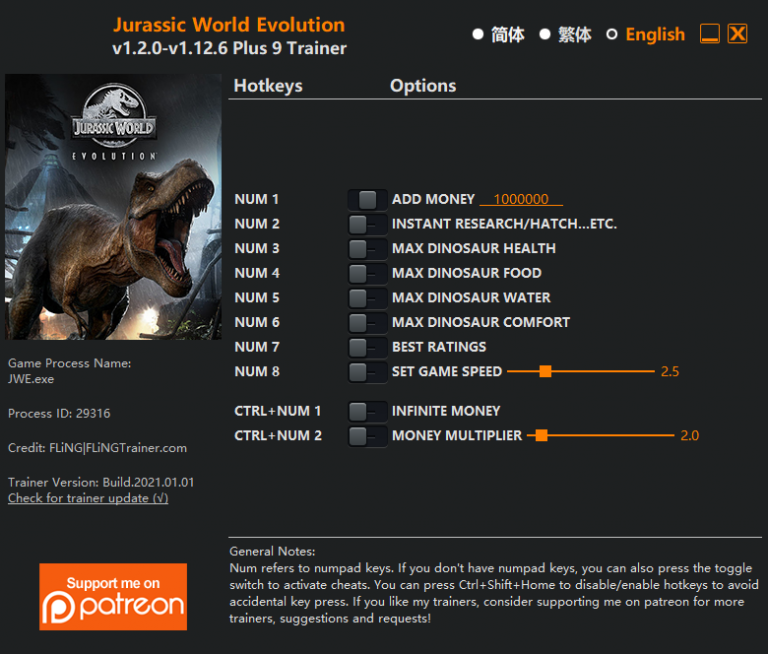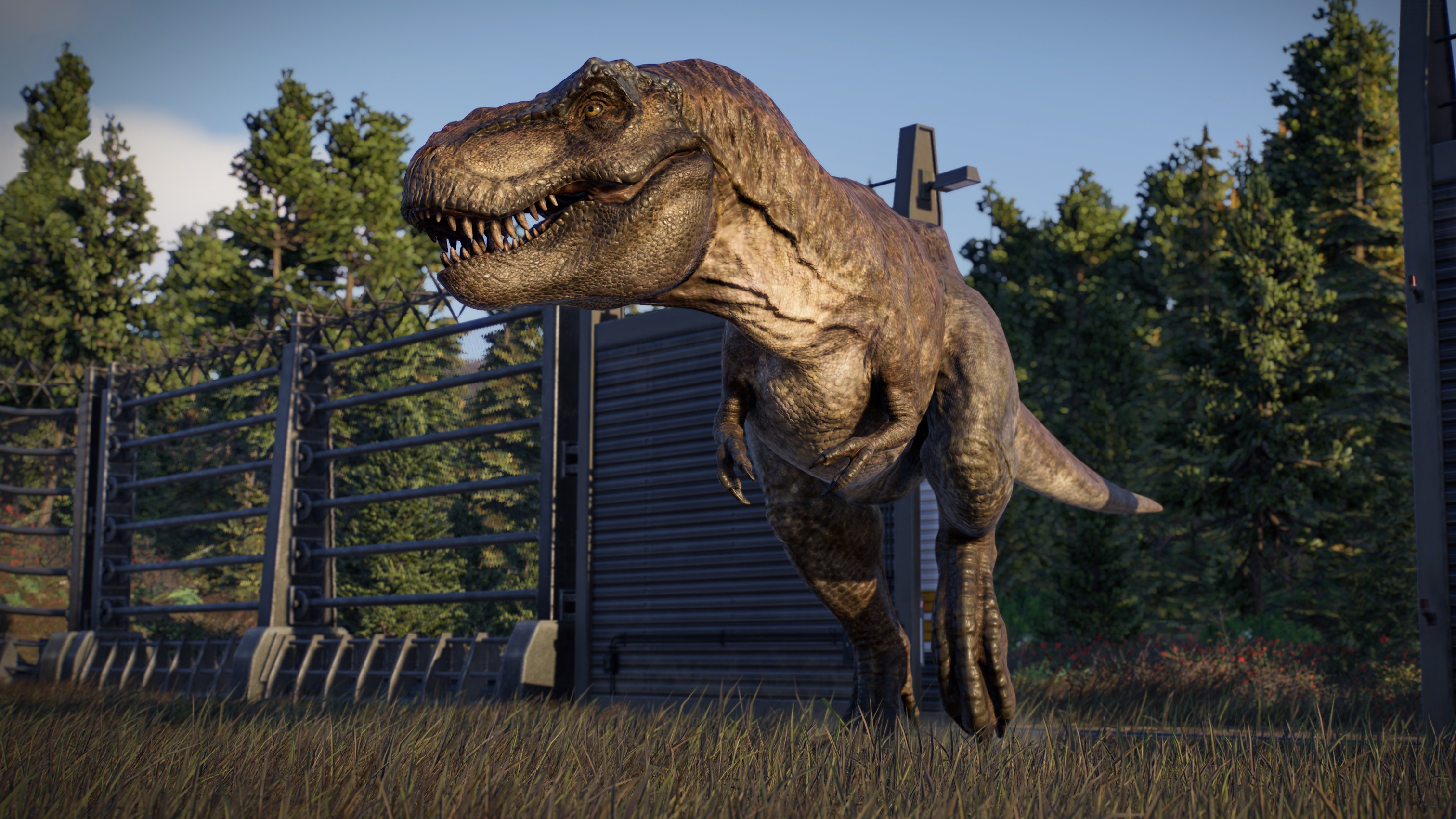

Velociraptors, for example, have a threshold of just 80%. The most important statistic here! Every dinosaur has a comfort threshold, at which point it will become agitated and cause problems. Make sure there is a lake inside the enclosure. Lakes are created from the Landscaping action menu. It should be fairly obvious which is which, but you can check Appendix II: Dinosaurs if you're unsure. Tall Herbivore Feeders are used for the long-necked dinosaurs (Brachiosaurus, etc.).


Ground Herbivore Feeders are used for small and medium-sized herbivores. There are two types of Herbivore feeders, depending on the size of the dinosaur. Live Bait are fine for a single dinosaur, but insufficient for enclosures with multiple occupants. There are several types of feeders – simply match the species to the appropriate feeder.Ĭarnivores have a choice of Live Bait and Carnivore feeders. Dinosaurs are fed via feeders which are placed inside enclosures. Finally, a tranquilised dinosaur will remain asleep until it is moved – if you leave it long enough it will lose health through lack of food and water. Occasionally, dinosaurs will become diseased, which will both spread to other nearby dinosaurs and lead to a loss of health. Some species of dinosaurs will fight, obviously injuring each other in the process, leading to low health and ultimately death. There needs to be sufficient sources for the number of dinosaurs in the enclosure, so you may need more than one of each. If the dinosaur has access to food and water, their health will be fine. Here you will see a summary of the dinosaur's health and comfort - if either is not at 100%, press to see more details.įairly straightforward. You can also use the Park Overlay, by pressing and either hovering over dinosaurs or using the filter with. You can toggle the statistics display by pressing. To do so, move the cursor over a dinosaur and press. It’s easy to miss something until it’s too late.

Left unchecked, she'll cause problems and interfere with the smooth running of the island.Ĭhecking dinosaur needs to be a constant habit. You can see in the image above that this Velociraptor is not happy. In addition, dinosaurs have different social and population needs. Some dinosaurs can be squeezed into a small area, while others need a huge amount of room to move. They need to be contained in an enclosure. Once you create your dinosaurs, the fun starts… You can see the strength of a particular species of dinosaur at the Hammond Creation Lab and also at relevant dig sites on the Expedition Map. So, a genome of 50% will only succeed 50% of the time, while a 100% genome will never fail.įor the most part, this walkthrough will ask you to be patient and spend the time it takes to increase genomes to 100% before releasing the dinosaurs. However, the strength of the genome, shown as a percentage, is also the likelihood that it will be successful. Once you have at least 50% of a new species genome, you can attempt to incubate that dinosaur in a Hammond Incubation Lab. Access to new dig sites, and therefore new species, is unlocked through game progression. The base game has 44 species to discover (including 7 in updates). The more fossils you extract, the stronger the dinosaur’s genome becomes, up to 100%. In keeping with the franchise lore, you’ll be able to send Expedition Teams around the globe to procure fossils, from which you can then extract DNA to create new dinosaurs. You’ll start the game with a very small stable of accessible dinosaurs. After all, Jurassic World Evolution is all about the dinosaurs. With so much to cover, it makes sense to start with the stars of the game.


 0 kommentar(er)
0 kommentar(er)
